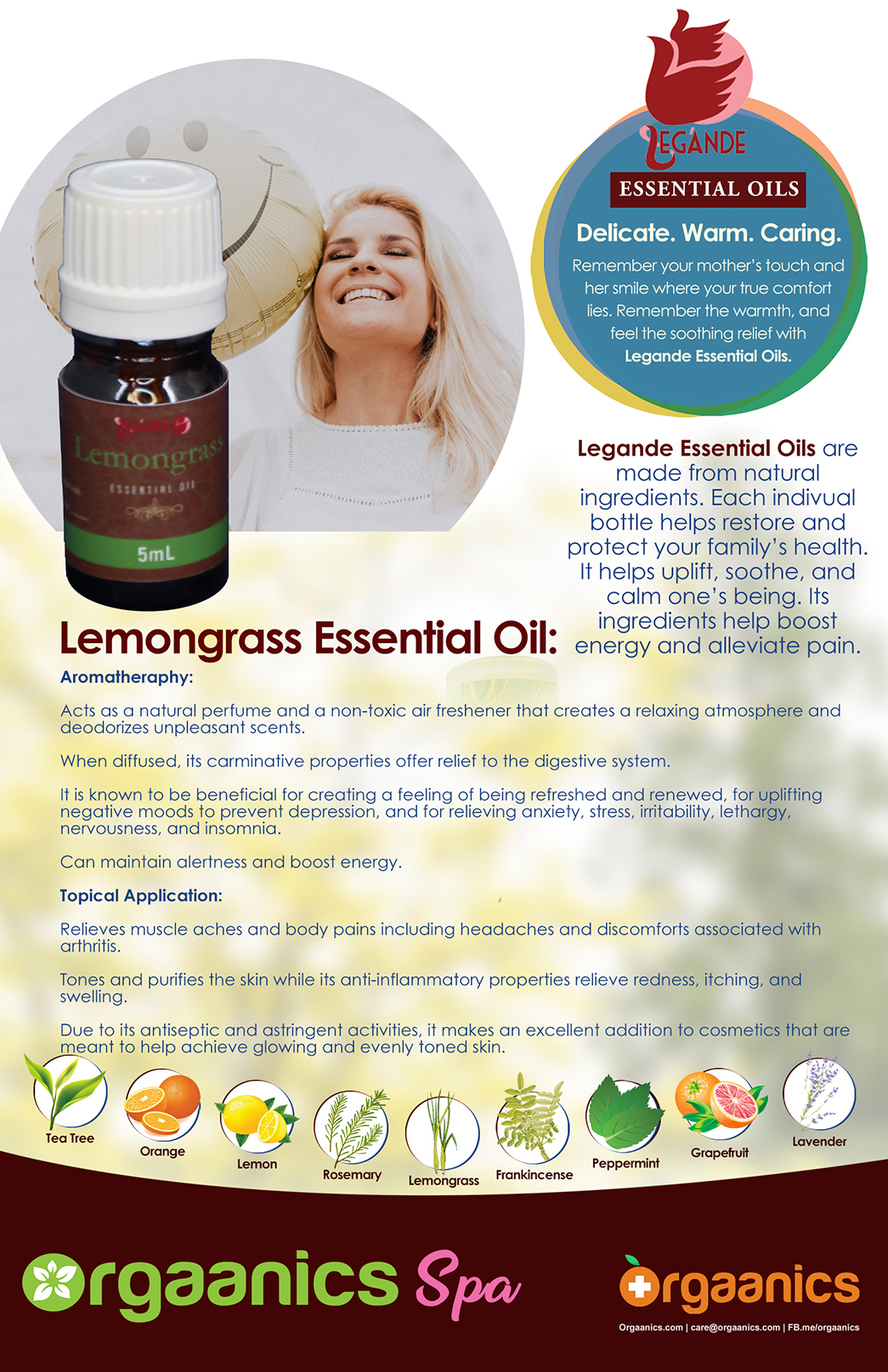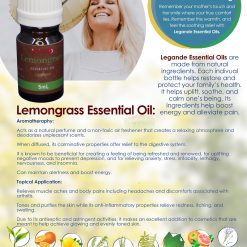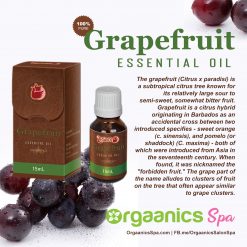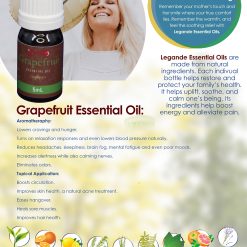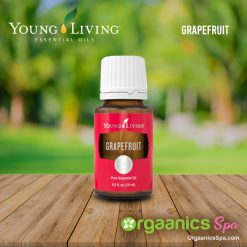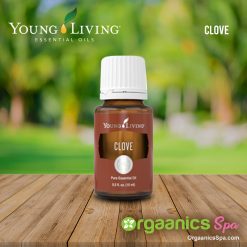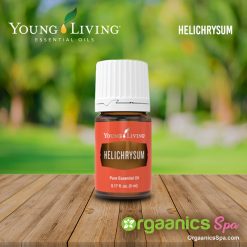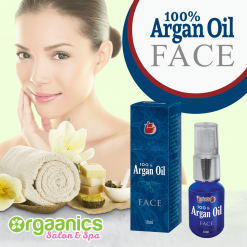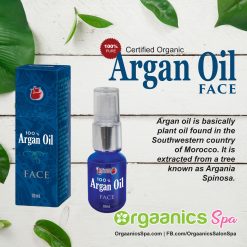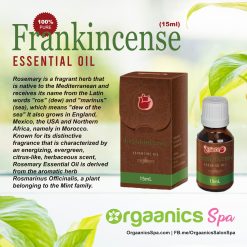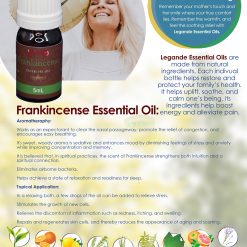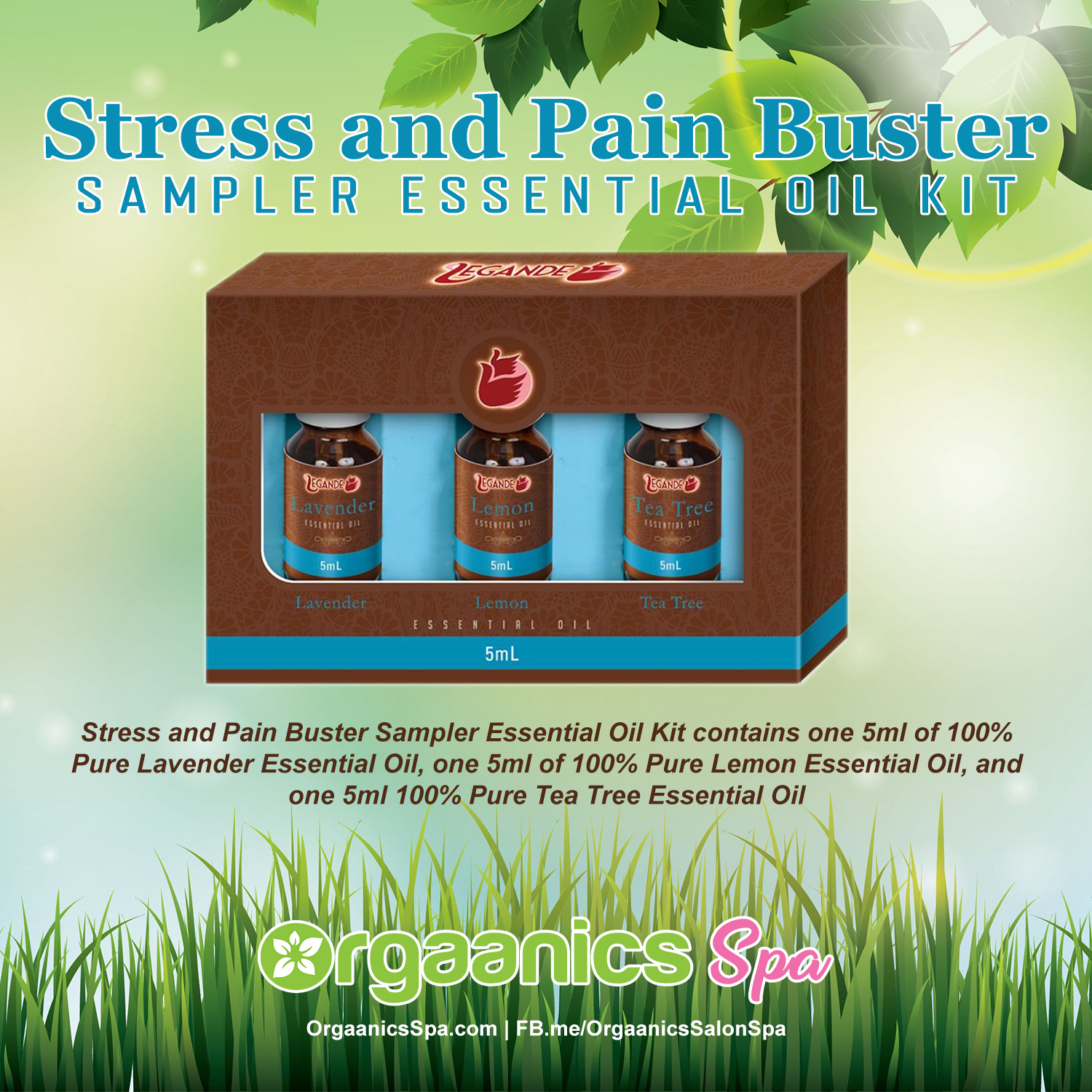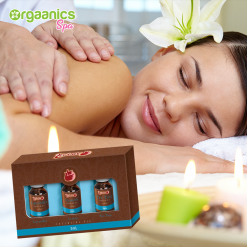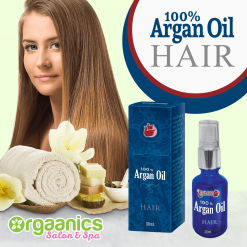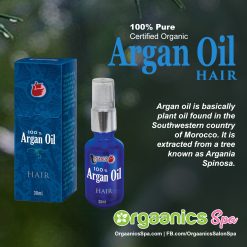Legánde Lemongrass Essential Oil
₱795.00 ₱472.00


Also referred to as Cymbopogon, Lemongrass is one of approximately 55 other species of grasses in the Poaceae family of grasses. Of these multiple varieties, the two most popular ones are Cymbopogon citratus and Cymbopogon flexuosus. Though both can be used to produce essential oils, the former is largely used for culinary purposes, whereas the latter is more popular for use in essential oils and perfumes.
15ML
WHAT ARE ESSENTIAL OILS?
Sometimes referred to as ethereal or volatile oils, essential oils are basically aromatic compounds found in plants or trees and carry the actual essence or fragrance from which they are extracted. It is being looked upon as the next frontier since the age of antibiotics is already towards its end. They are said to have multiple health benefits as antibacterial, antiseptic, and antiviral, without the side effects of bacterial resistance developing.
Also referred to as Cymbopogon, Lemongrass is one of approximately 55 other species of grasses in the Poaceae family of grasses. Of these multiple varieties, the two most popular ones are Cymbopogon citratus and Cymbopogon flexuosus. Though both can be used to produce essential oils, the former is largely used for culinary purposes, whereas the latter is more popular for use in essential oils and perfumes.
The Lemongrass herb has stalks that are fibrous and smell much like lemons. In essential oil, the scent of Lemongrass is fresh and light with a hint of lemon.
✔️ Lemongrass is native to tropical regions such as Africa, Asia, Southeast Asia, Australia, and Oceania where it has been used traditionally for medicinal, cosmetic, and culinary purposes.
✔️ In countries such as India, China, and Thailand, it has been used as a flavoring agent in beverages, desserts, and other culinary preparations. Due to its ability to reduce fever, Lemongrass earned the name “fever grass” in some cultures.
✔️ In East India and Sri Lanka, Lemongrass was historically used to make soups, curries, and a local drink called “fever tea,” which was intended to treat not only fevers but also diarrhea, irregular menstruation, stomach aches and skin infection.
✔️ According to reports, it is possible that the Philippines might have exported Lemongrass Oil as early as the 17th century but that distribution was restricted and kept secret.
Direction for Use
Diffusion: Use four to five drops in the diffuser of choice.
Topical: Apply one to three drops to palm, then apply to the desired area.
Aromatic Benefits of Lemongrass Essential Oil
✔️ Acts as a natural perfume and a non-toxic air freshener that creates a relaxing atmosphere and deodorizes unpleasant scents.
✔️ When diffused, its carminative properties offer relief to the digestive system.
✔️ It is known to be beneficial for creating a feeling of being refreshed and renewed, for uplifting negative moods to prevent depression, and for relieving anxiety, stress, irritability, lethargy, nervousness, and insomnia.
✔️ Can maintain alertness and boost energy.
Topical Benefits of Lemongrass Essential Oil
✔️ Relieves muscle aches and body pains including headaches and discomforts associated with arthritis;
✔️ Tones and purifies the skin while its anti-inflammatory properties relieve redness, itching, and swelling; and
✔️ Due to its antiseptic and astringent activities, it makes an excellent addition to cosmetics that are meant to help achieve glowing and evenly toned skin.
Safety Precautions
While some essential oils are suitable for ingestion, others are safe only for topical application or for use in aromatherapy. Keep all essential oils out of reach of children and pets, and never apply concentrated essential oils to mucous membranes or sensitive areas. Also, if you are allergic to a certain food, do not use any essential oils or carrier oils that come from the same plant as the allergen.
✔️ Keep out of reach of children and pets;
✔️ Do not apply concentrated essential oils to mucous membranes or sensitive areas;
✔️ If allergic to a certain food, do not use any essential oils or carrier oils that come from the same plant as the allergen; and
✔️ If essential oil gets into the eyes, flush with vegetable oil or cold milk to dilute the oil, ensuring you remove contact lenses first if applicable.
✔️ If stinging persists for more than a few minutes, seek medical attention.
Conduct a Patch Test:
Never assume that essential oil has the same properties as the plant it came from. To do this, apply a little diluted essential oil to your inner arm. Watch carefully for redness or irritation that develops either immediately or within as long as twenty-four hours; if it occurs, do not use the essential oil.



